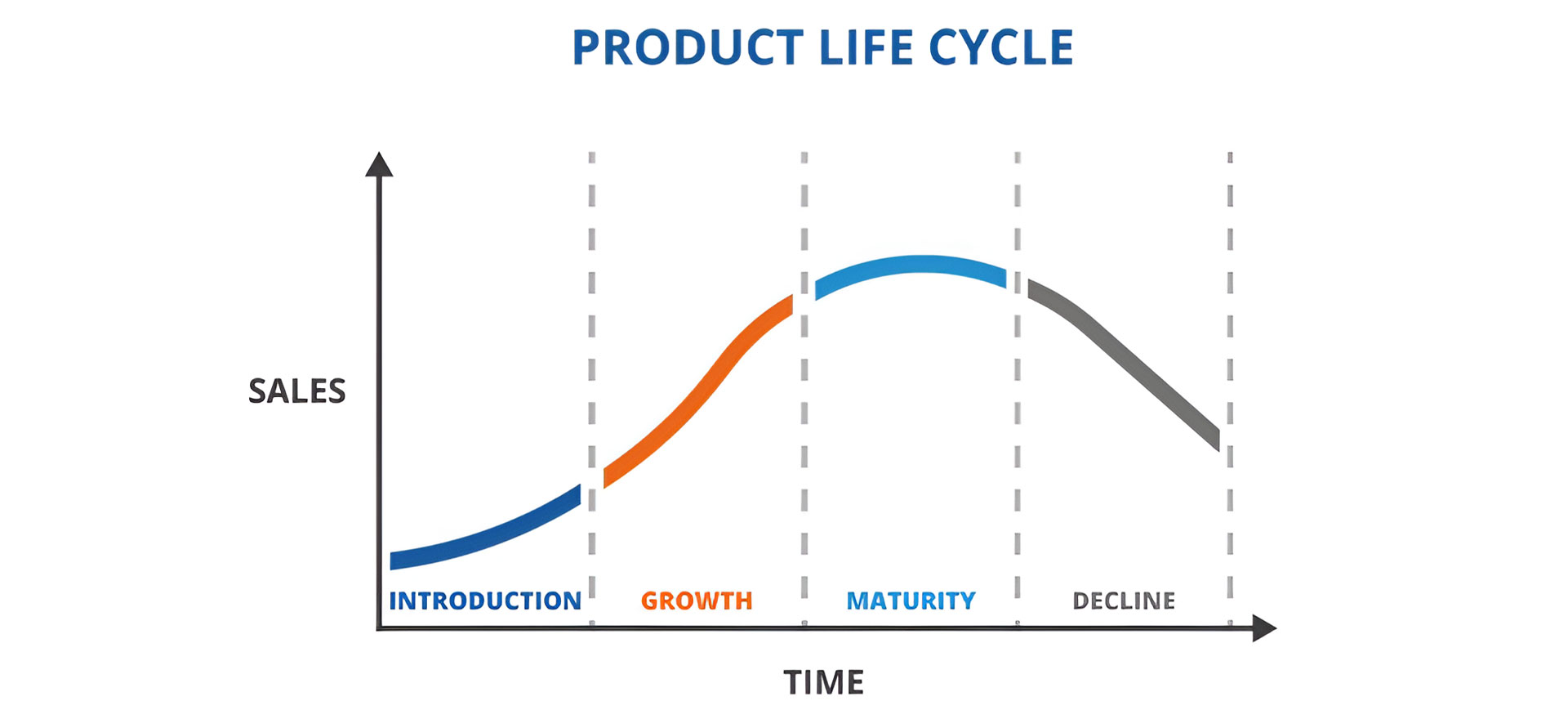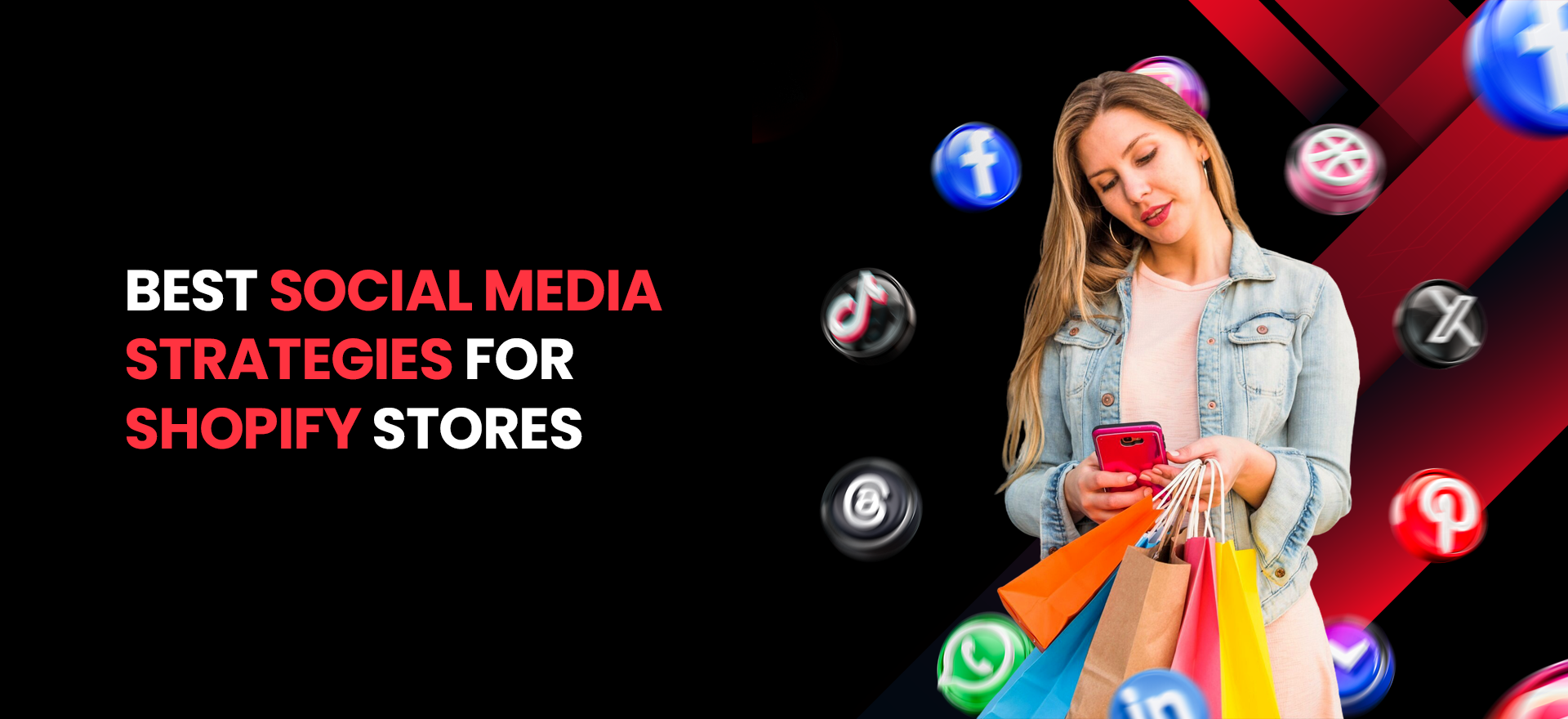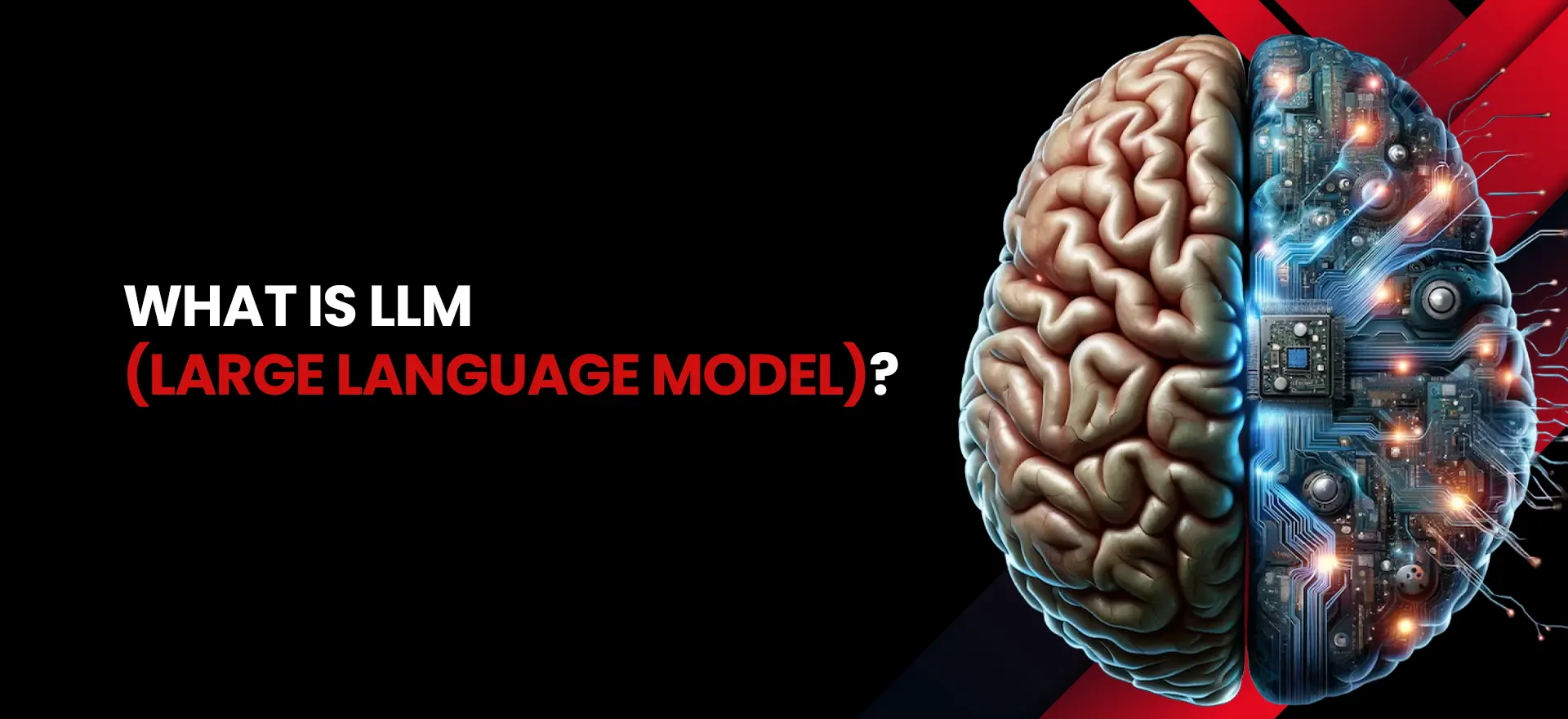Every product produced has a life cycle. The product lifecycle is referred to as the stages that a product evolves through from initial conceptualization through introduction and finally up to decline and removal from the market. A company should have a good understanding of the product life cycle because it informs when to conceive new products. The strategies used to maximize profits, and when to alter the approach to prevent losses.
This article will study the stages and their reasons as to why they need to be known for product success along with real-life experiences from giants such as Coca-Cola, McDonald’s, Pepsi, and Apple brands.
What is a Product Life Cycle?
It is the whole stretch of life of a product, from first-stage development through its rise in the market, through its decline, and finally, its withdrawal. Financially and strategically distinct marketing contacts for a different level product could successfully transform that product’s fate on profit-making and long-term success. The understanding of PLC frameworks optimally allows the business to enhance forecasting and strategizing in terms of innovation and other issues such as pricing and distribution.
Why is the Product Life Cycle Important?
The product life cycle helps in knowing the pricing, marketing, and product enhancement decisions for each stage in which an individual product moves. The product life cycle consists of five main stages. Every stage demands a different strategy by which an organization can have the best performance of its product. For instance, introduction phase products require heavy marketing expenses, instead of a total focus on these products maturing that may need lower-cost strategies to assure their share of the market. By understanding these phases, businesses can make adjustments that prolong the product’s lifespan, maximize profits, and avoid losses from market saturation or decline.
The 5 Stages of Product Life Cycle
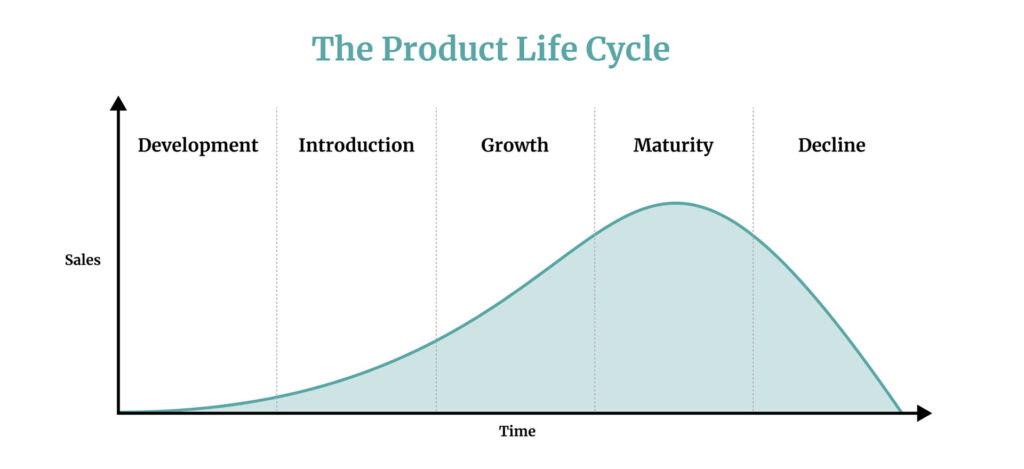
You might ask, what are the five stages of the product life cycle, here they are.
-
Development Stage
The first stage of the five stages of international product life cycle is Development stage. In this stage, the product is planned, designed, and created. The businesses concentrate on product research, testing, and honing ideas in this phase. At this time, the product has not yet hit the public market, and expenses incurred towards research and development (R&D) are immense.
Key Considerations:
- High cost with no revenue.
- Designing and testing the product.
- Market research to find the possible need.
-
Introduction Stage
The launch of the developed product ushers it into the introduction phase. During this stage, therefore, sales drop sharply and costs skyrocket as the product is being floated. For the right calls, efforts should be made by companies to ensure they build much awareness, motivate early adopters, and create interest. Such efforts include advertising and promotion.
Key Considerations:
- Sluggish sales, negative profits.
- Concentrated attention to developing brand awareness.
- Minimal competition.
Example: Apple’s iPhone was launched in the introduction stage in 2007 by hugely publicized marketing campaigns and huge product launches. The product generated buzz as it was being marketed, and gradually, sales picked up over time.
-
Growth Stage
Another of the product life cycle phases is the growth stage. This is the stage where the product is taking root in the market, and the sales begin to record a considerable increase. The product becomes familiar to different categories of consumers, and the usefulness is known by many. As competition increases, these companies may need to embark on product differentiation and improved features.
Key Considerations:
- Rapidly increasing sales.
- Entry of competitors in the market.
- Start of profitability.
Example: Pepsi at growth stage gained significant market share by emerging as a rival to Coca-Cola and focusing on strong loyalty to and aggressive marketing of the brand.
-
Maturity Stage
The point at which the product matures is when sales and penetration reach their peak. The product has sold to most customers, and the competition is so fierce that organizations will concentrate their efforts on retaining customers, cutting costs, and differentiating the product. This tends to be the longest stage of the life cycle for the product.
Key Considerations:
- Slow sales growth
- Keeping customers and trying to defend the share in the market.
- Product enhancement or new varieties introduced.
Example: Coca-Cola is another example of a product currently at the maturity stage. The brand is so widespread that in order to be able to maintain it. Coca-Cola innovates by creating new flavors, new packages and different kinds (Diet Coke, Coca-Cola Zero).
-
Decline Stage:
Decline stage of product life cycle means, consumers start losing their interest in it either of getting bored of the same thing or there is new and better competition in the market. At this stage, the company may include stopping new advertisement campaigns, and any new sales strategies like launching a new product and discontinuing the old one.
Key Considerations:
- Decline in sales and profitability
- Phase-out or adaptation for the product
- Focus on Cutting Costs
Example: McDonald’s products have been damaged by the decline stage. For example, McDLT was a type of hamburger that phased out due to low sales, and yet, McDonald’s always comes up with new products to make their line fresh and appealing.
Examples of Product Life Cycles in Action
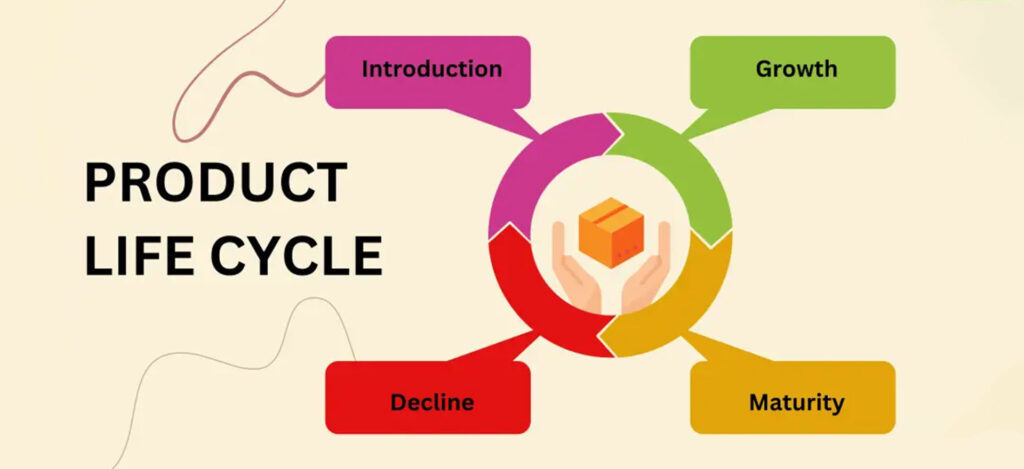
Here are few of the product life cycle analysis examples:
- Coca-Cola: The product life cycle of coca cola is a work of art. The Coca-Cola PLC has passed through high speed to the growth stage now at maturity. Where new flavors and limited-edition products are continually evolving to maintain consumers’ interests.
- McDonald’s: The product life cycle of mcdonalds has seen ups and downs throughout the years. Menu items at McDonald’s would similarly reflect the same pattern with the items, like the McDLT and Arch Deluxe, now moving onto a decline stage while newer items such as the McChicken and many offerings under the McCafe line enjoyed some growth almost in the recent years.
- Pepsi: The product life cycle of PEPSI is something to learn from. Pepsi is in the maturity stage of the product life cycle, just like Coca-Cola. But still, the brand keeps coming up with innovations and stays relevant because of introducing new pooling product lines while going along with the ever-changing consumer tastes. Like that of PepsiCo’s healthier beverage options.
- Apple: Apple product life cycle is interesting. iPhones by Apple may be the finest example in terms of a successful PLC. The iPhone always evolves through every stage of the life cycle and gets to extend the lifespan of the product through new versions by both keeping the sales high and extending the life of the very product, in general.
Conclusion
The five stages of a product life cycle are Development; Introduction; Growth; Maturity; Decline; this is the life cycle all products tend to go through in any business that needs to have successful products-that understanding the five stages would make a difference. Careful scrutiny at each stage allows a business to strategize how it will extend the life of products. Enable their profitability, and keep them competitive.
From the iconic brands such as Coca-Cola, Pepsi, or Apple to fast-food giants like McDonald’s. All successful businesses strategically navigate their products through the life cycle maximally to maximize them within the market.
